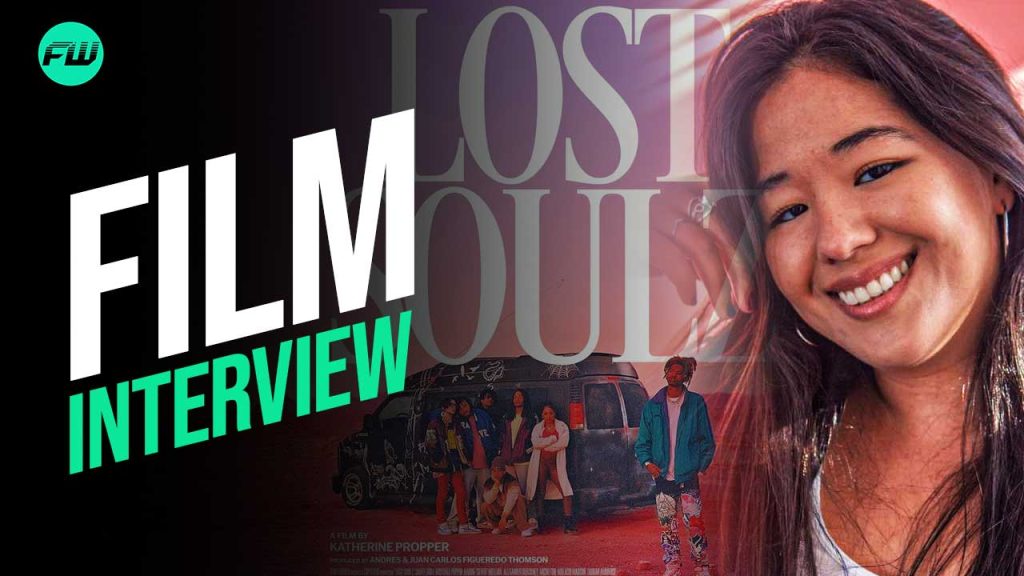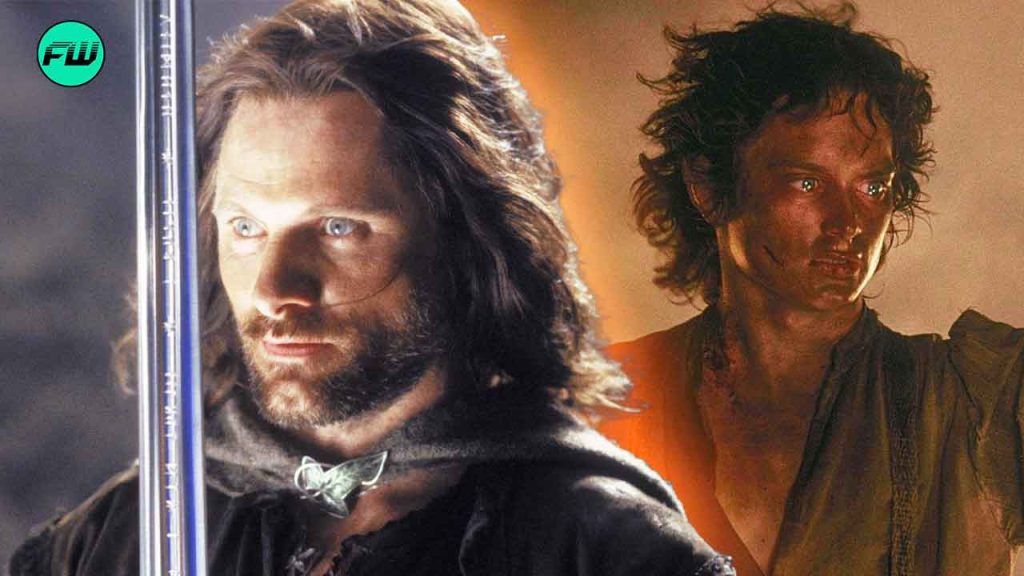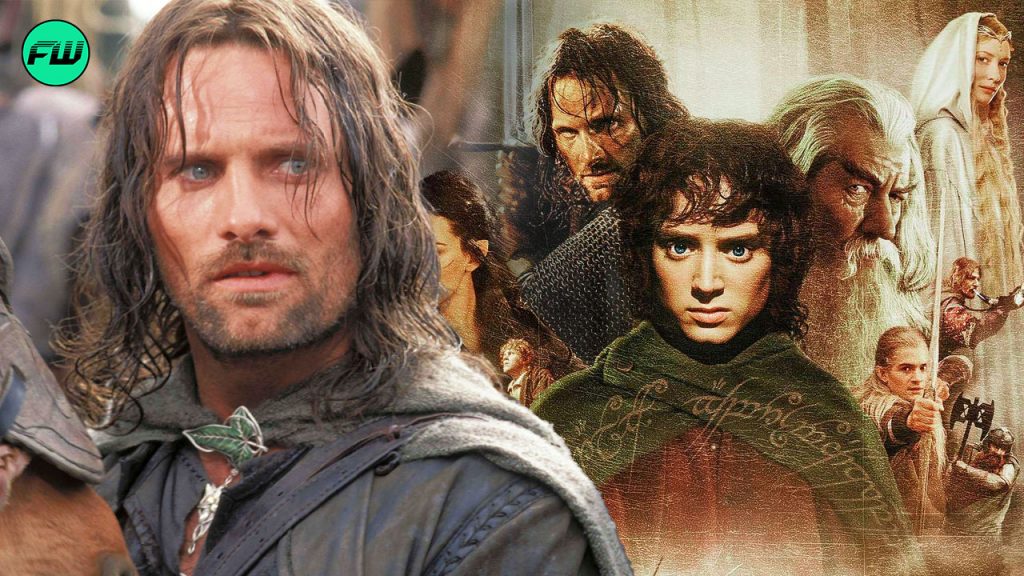Viggo Mortensen is a legendary actor, from his Oscar-nominated turns in Eastern Promises, Captain Fantastic, and Green Book to his iconic role as Aragorn in the Lord of the Rings trilogy. However, some may not realize that Mortensen is just as talented behind the camera as he is in front of it.
Mortensen’s sophomore feature as a director, The Dead Don’t Hurt, debuted at the 2023 Toronto International Film Festival to rave reviews. While Mortensen did get to promote The Dead Don’t Hurt at the premiere despite the then-ongoing strikes thanks to a SAG waiver, he’s getting more of a chance to talk about his feminist Western now as we near its U.S. release.
We at FandomWire got the opportunity to discuss The Dead Don’t Hurt with the one and only Viggo Mortensen, talking about its fusion of the genre’s grammar with a unique vision.
The Dead Don’t Hurt Interview
FandomWire: I would say The Dead Don’t Hurt is coming out amidst a resurgence of the Western genre. Why do you think audiences are coming back around to seeing new visions like yours in this classic genre?
Viggo Mortensen: I’m not sure. Things come around in cycles, for one, and it’s not easy to always explain it. But I think that there’s been, you know, some Westerns on television, some series and miniseries and so forth recently that have been very popular. So maybe that’s why.
FW: You’re no stranger to the Western genre as an actor. You’ve been in several Westerns as an actor (including a personal childhood favorite of mine, Hidalgo). Do you think your experience as an actor in Western films helped prepare you to write and direct one in The Dead Don’t Hurt?
Mortensen: Yeah, definitely in practical areas. I mean, the Westerns I’ve worked on — except the first one that he wasn’t on — Rex Peterson, who is, I think, the most talented person in terms of training riders and horses and selecting horses and all that. He was on the other ones that I’d worked on, and he came out of retirement to help us on this one as well.
So that was helpful, and the fact that I’ve not only been in Westerns, but I also started riding horses when I was very little, probably around the same age I would start going to the movies when I was three, four years old, all of that was helpful and also very enjoyable. I like Westerns. I like the settings. And I like the stories of many of them.
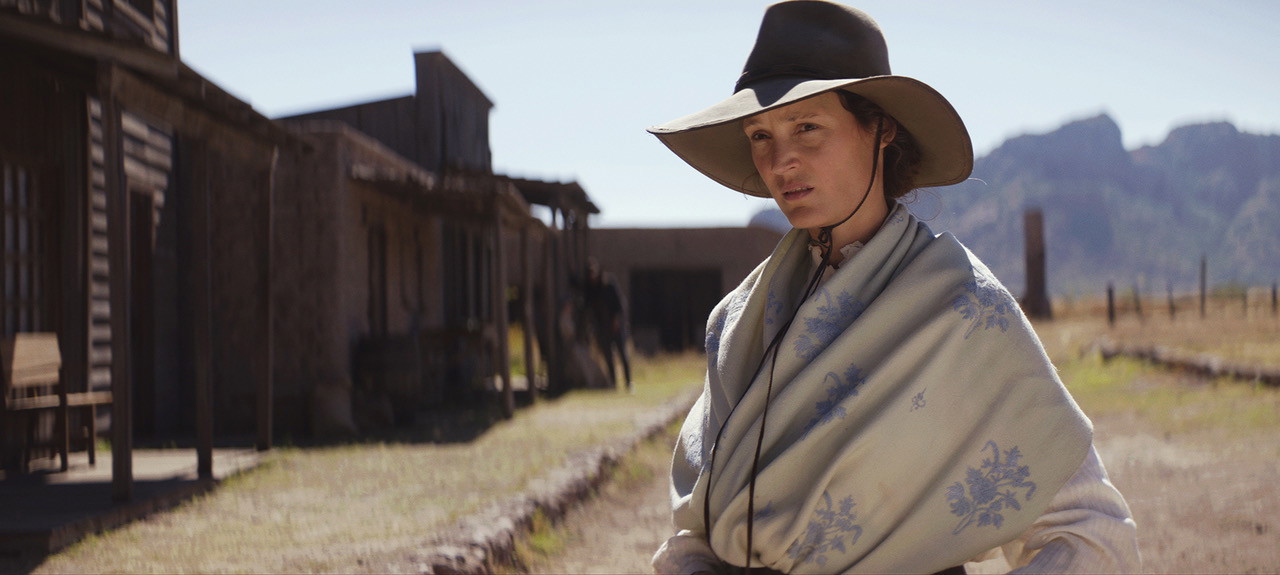
FW: The Western genre is filled with a lot of epics, but The Dead Don’t Hurt stands out in that it emphasizes more intimate, emotional storytelling. Why did this approach to this story stand out to you?
Mortensen: Well, it’s true that it is unusual in that, first of all, it has a female character as the central character, and we stay with her when her male partner goes off to war. That’s very unusual. And that the two leads are not Anglo-Saxons but are people who don’t have English as their first language, that is more reflective of the way society was back then.
The diversity that you see in the movie: language diversity, racial diversity, cultural diversity, even the architecture of the town. Just in the Southwest, which not long before that was part of Mexico, before the Civil War, there’s a mixture of adobe and newer Anglo-Saxon wooden constructions and all that.
But I think that otherwise, we tried to stick to the traditions of the classic Western, visually. I mean, real attention to detail, with all the objects you see in the clothes and architecture. The weapons, horsemanship, the language, the vocabulary of the characters — we were really careful to document that and do that as best we could. – Viggo Mortensen
And the photography — what you see. You’re really seeing landscapes, you’re seeing people, and even though it is, as you say, an intimate, character-driven story, there are some really beautiful landscapes in it in the tradition of the classic Westerns. You’re not thinking about how the cameras see these landscapes, you’re simply seeing them in a simple, I think, elegant way, which is what Marcel Zyskind, the cinematographer, did.
So, in many ways, it is a classic Western, a traditional-looking Western, but storywise, we break convention a bit.
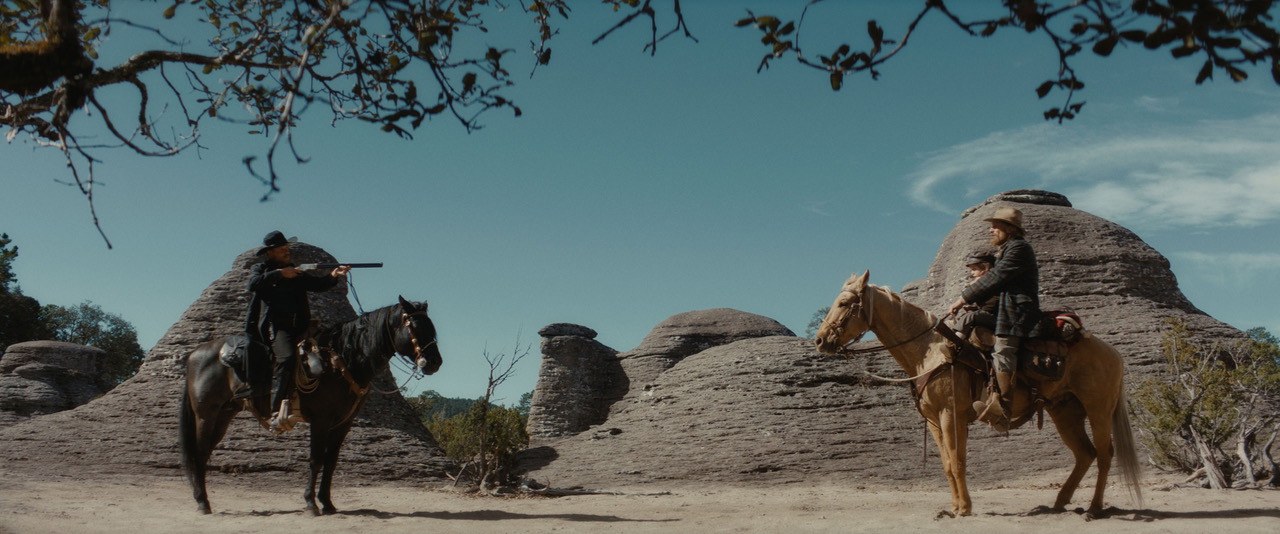
FW: You mentioned how, for The Dead Don’t Hurt, you get to reunite with many of your below-the-line collaborators, both from Falling and your career as an actor. How do you think this helped bring your vision for The Dead Don’t Hurt to life?
Mortensen: Well, Marcel Zyskind, the cinematographer, had done Falling, and I’d also worked with him previously on a movie called The Two Faces of January, directed by Hossein Amini, a Patricia Highsmith story. And I knew he would do a great job, and he did; he did a wonderful job.
And Carol Spier, our production designer, I don’t know a better one. She’s done most of David Cronenberg’s movies, and I’d worked with her on the four that I did with him, and she also worked on Falling.
And Anne Dixon, who I met and worked on falling as our costume designer, she was great.
But otherwise, it was mostly an all-Mexican crew because we shot most of the movie in the state of Durango in Mexico, and they did a great job. We shot a couple of days in Canada, in the east, and some of those people I’d worked with before, and then we shot a couple of days in Western Canada for the end of the movie and a couple other shots, and the rest of it was all shot in Mexico.
And that was a great experience. We found some beautiful landscapes and several that had never been filmed in before, which was a gift to us to be there and also, I think, to the audience. You’re not seeing the same places you’ve seen in so many Westerns; you’re not looking at the movie and saying, “Oh, yeah, I know where that is. That Arizona, that’s New Mexico, California, or the south of Spain or something.” It’s different-looking but correct for where it’s supposed to take place. – Viggo Mortensen
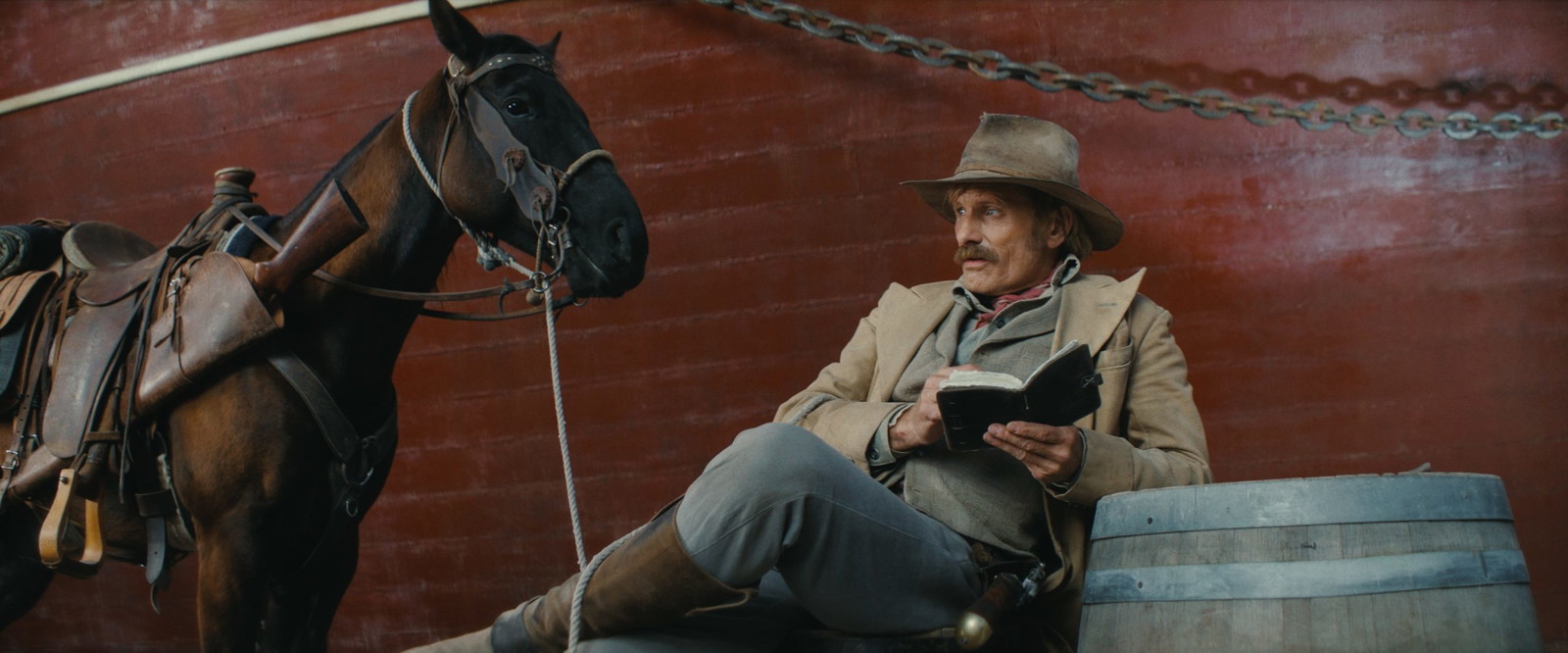
FW: Obviously, you write, direct, and act in The Dead Don’t Hurt, but I think one of your multi-hyphenate talents that may be less known to people is that you composed the score for the film. And I just want to say it’s really fantastic. Why did you want to score The Dead Don’t Hurt yourself, and what were some of your influences?
Mortensen: Well, on the other stories I have, I’m not sure I would be doing the music. On the first one, it just sort of worked out that way. I mean, I was waiting four and a half years or so after I had the script ready, and I even had Lance Henriksen, our main actor, lined up, and I was restless. I was waiting, and I was trying to think, “Well, what else can I do?”
We went and shot just with our own money. Me and Marcel Zyskind, our cinematographer, went and shot some different seasons — spring, summer, fall — to have a variety of looks for Falling. But it took a long time to get the money. And in those intervening years, I started imagining what would the music be like — what kind of music and how much. Probably not a lot, but a specific kind of tone and mood, and I ended up sort of accidentally preparing and composing and recording most of the music for that movie well before we started shooting.
And it turned out to be really helpful for certain sequences and scenes to understand what the tone should be, what the rhythm, even the duration of the scenes, and some of the transitions from different time periods to others in that story.
So since that worked well — it was helpful for the shoot and for the editing — I had a pretty clear idea of what kind of music I wanted in The Dead Don’t Hurt. So I got together with some very talented musicians, a cellist named Cameron Stone and a brilliant violinist named Scarlett Rivera, and I started coming up with these themes and this music that, although it’s original, feels like it’s from that time.
We recorded practically all of it well before shooting started, and then I shared that with the cinematographer and other people involved, including the actors, just to give them an idea for certain sequences and certain transitions from one time period to another of what the mood should be.
I don’t like music that tells you what you should think or feel — now you’ve got to be scared, or now you’ve got to be happy, or sad, or whatever. I like it to accompany, to complement what’s going on, even if it’s in contrast to what’s happening, to help the storytelling, to help it move along, and to give it the right rhythm and feeling. So that ended up being really helpful while we were shooting and editing. It was invaluable.
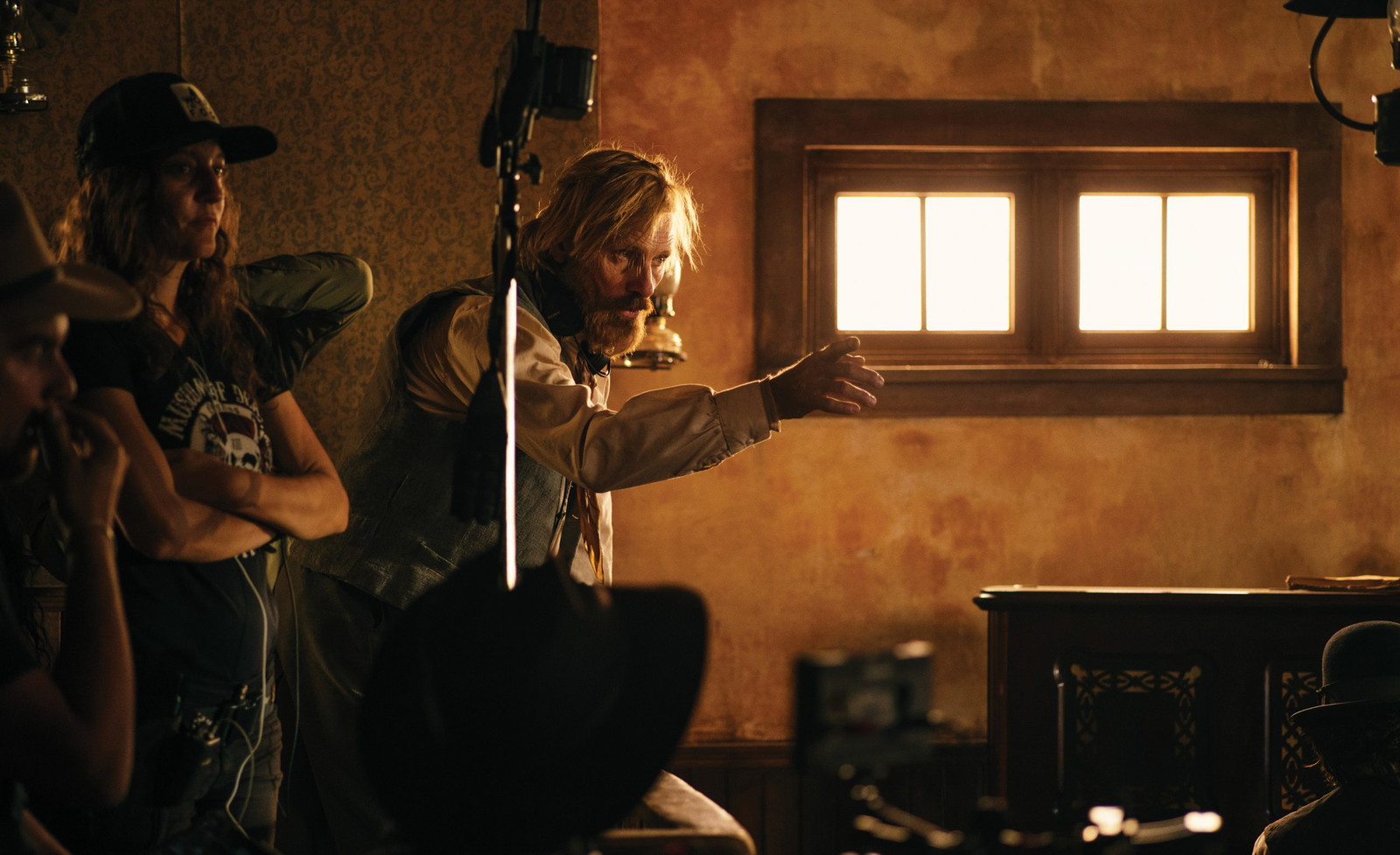
FW: You’re a very versatile actor, and I think in two films, you’ve already proven to be a very versatile director. Falling and The Dead Don’t Hurt are two very different films in many ways. Are there any other genres you would see yourself working in?
Mortensen: I’m open. I have four or five other scripts, and they’re all quite different. They’re all different kinds of movies. I’m not afraid to try something different, but I don’t have a plan. I have the stories, but it depends a little bit on where I can find the money to shoot. I have one, for example, that I’m making a little headway with.
But you always have to be patient. It takes a long time to get financing for an independent movie, especially if you want to retain a great degree of creative control and make the movie you want to make. – Viggo Mortensen
But there is a small story that I would shoot in Argentina that I’m trying to put together, and that would be quite different from these two movies. It’s a contemporary setting, an urban setting — quite different.
The Dead Don’t Hurt hits theaters on May 31.
Follow us for more entertainment coverage on Facebook, Twitter, Instagram, and YouTube.



